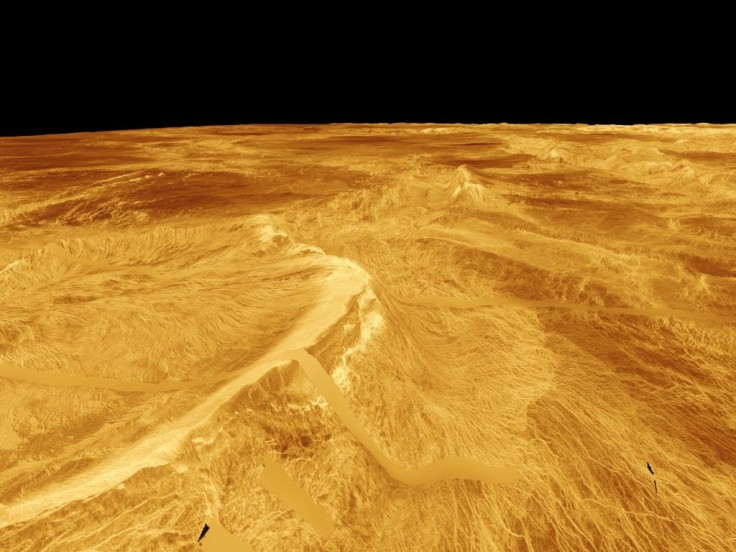
Researchers from NASA's Jet Propulsion Laboratory (JPL) and the California Institute of Technology (Caltech) have succeeded in utilizing balloons to detect earthquakes in the deserts of California. Now, they are looking to possibly apply the same technique in studying seismic activity in other planets, such as Venus.
This experiment was made to test if such balloons could be brought to Venus to probe the planet's seismic activity, the Voice of America posted. NASA has lined up plans for future missions to Venus, the report further stated.
NASA carried out the experiment In July 2019 when strong tremors hit the area around Ridgecrest, California. The Intensity 6.4 quake happened on July 4 of that year, according to the US National Geological Survey reports. Other strong tremblors affected the area in the next days, with a total of 10,000 aftershocks in the succeeding six weeks.
Venus Earthquake Detector? NASA JPL-Caltech Study Aimed At Launching Balloon Probes in Venus
JPL and Caltech researchers flew instruments fastened to high-altitude balloons in the area to achieve the first-ever balloon-based detection of a natural earthquake. The researchers' ultimate goal was to test the innovation for their upcoming Venus project, wherein balloons with attached science instruments could hover above the planet's superbly hostile surface and possibly detect "Venusquakes."
The experiment included four large Sun-powered balloons built to float at altitudes of 18 to 24 kilometers. Researchers attached science instruments such as barometers, that measure alterations in air pressure. These barometers are used to track sound waves that emanate from beneath the surface during earthquakes and aftershocks.
Analyzing seismic activity of a rocky planet, such as Earth, would allow the researchers to discover more about how the planet evolved into its current state.
The NASA and Caltech researchers then succeeded in detecting the California quake. On July 22, 2019, highly sensitive barometers attached to a balloon pinpointed low-frequency sound waves due to an aftershock on the ground, an article on the NASA website revealed.
In their study published in Geophysical Research Letters, the NASA-Caltech team noted that a similar technique could lead to uncovering the mysteries of Venus's scorching surface temperatures that are blistering enough to melt lead--with atmospheric pressure that could crush a submarine.
Venus is about the size of Earth and was determined to have had a hospitable environment in the distant past. The planet haa since transformed to an intensely hostile world--how that happened is a fact that NASA scientists want to know.
NASA JPL-Caltech Probe Analyzes Planet's Interior Through Seismic Waves
To determine this, these scientists need to know what's inside the surface of Venus by measuring seismic waves. Study co-author Dr. Jennifer S. Jackson, a William E. Leonhard Professor of Mineral Physics at Caltech's Seismological Laboratory revealed in a Space.com report that similarly, understanding Earth's interior--how it behaves in relation to the surface, how it cools, where life resides--can be achieved by "analyzing seismic waves that traverse regions as deep as the Earth's inner core."
While studying seismic activity could be possible on other planets like Venus using the method, Dr. Jackson also emphasized that such analysis would be challenging. "...Venus' extreme environment requires us to investigate novel detection techniques."
JPL and Caltech started developing the balloon-based method since 2016. In doing this technique, the seismic waves is converted to sound waves and data are gathered from the ground's interior to the atmosphere. These sound waves can then be analyzed from the air the same way they are analyzed from the ground, the NASA article report furthered.









